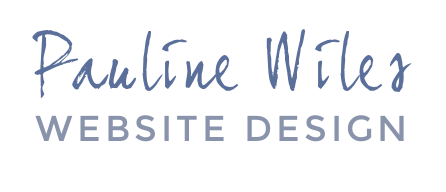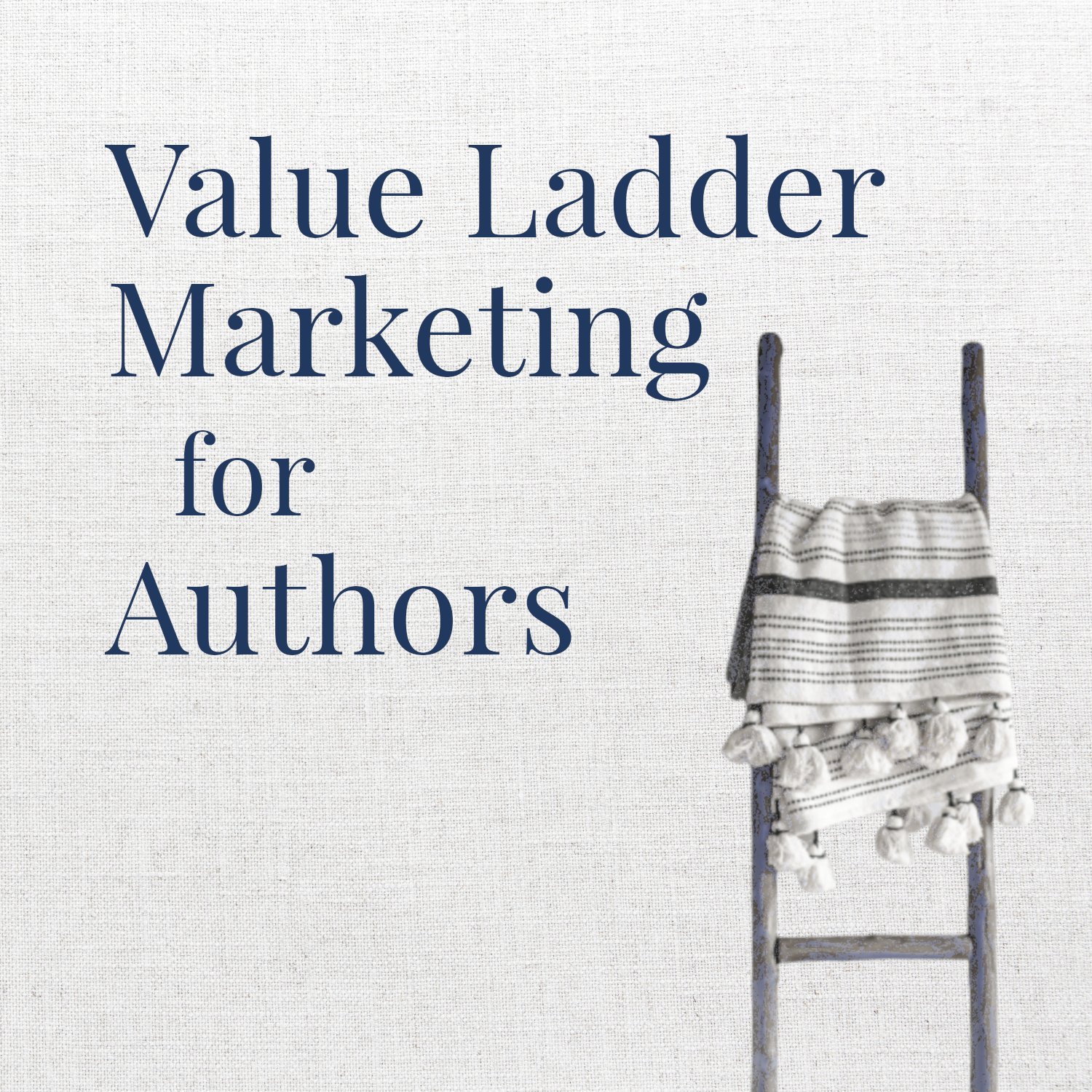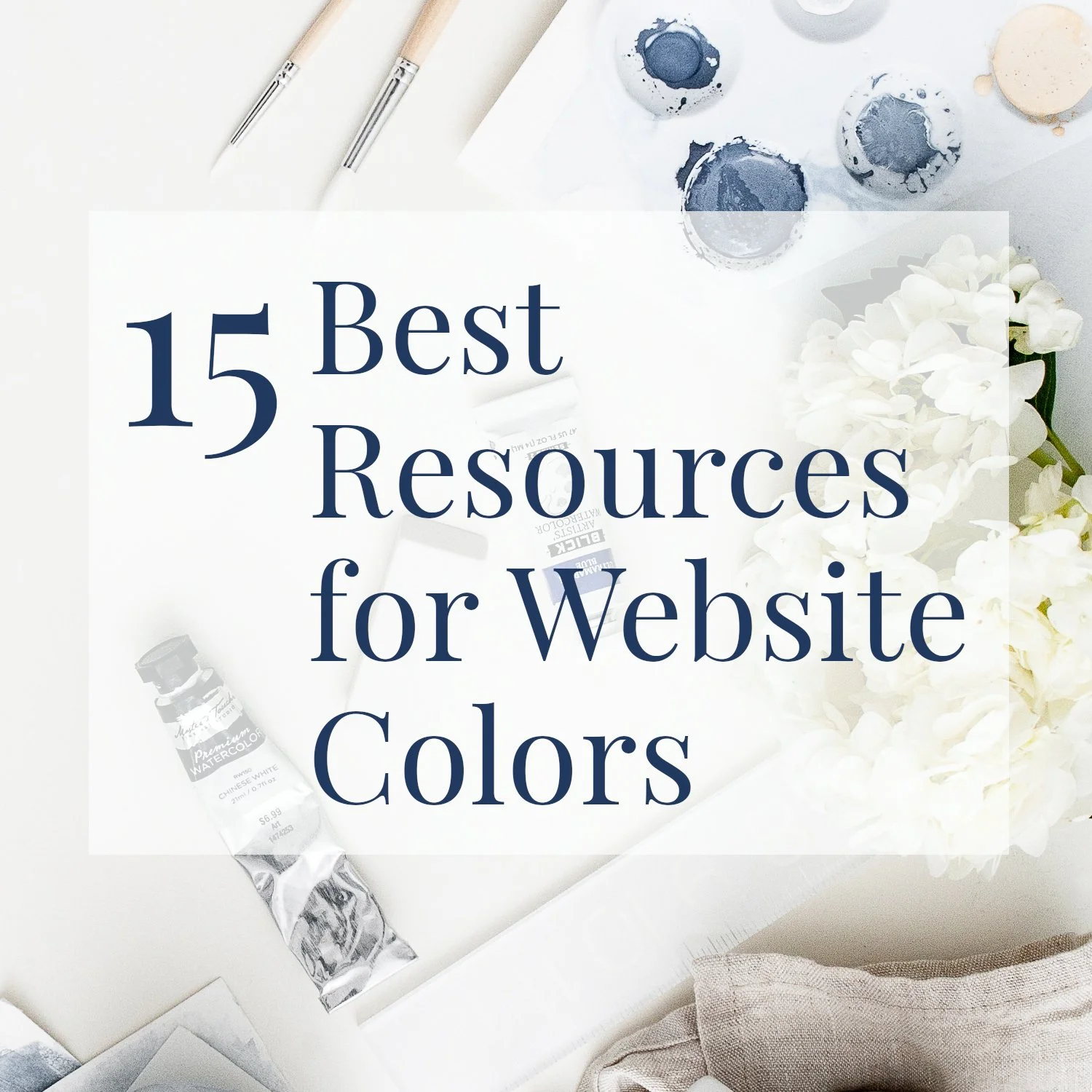Your Author Income: 7 Easy Ways to Boost Your Bottom Line
• This article contains affiliate links •
No matter how passionate you are about your book and your work, author income matters. After all, for most of us, there’s no escaping the need to make money in order to pay our bills.
Many authors are preoccupied with the number of books they sell, but have you overlooked the importance of building other streams of income for your business?
Especially for nonfiction authors and thought leaders, the profit potential from offering consulting, coaching, and simple self-paced digital products alongside your book is massive.
Today, I’m sharing a few tactics that have worked for me to increase my profitability as a creative business owner. None of these are magic bullets, and I highly doubt anything here will enable you to buy a beach house in Hawaii. However, small amounts add up fast.
Since I’m a firm believer that an author business is a marathon not a sprint, these bottom line growth strategies might help you too.
If you don’t yet have any other income streams aside from your book, start with the article that I’m linking to in suggestion number 1. And later, build from there.
Boost your author income
This is absolutely not a post about how to make 6 figures from your book sales! Instead, here are 4 small income tactics that worked surprisingly well for me last year, and I am planning to continue:
1. Offer an introductory discount when someone joins your author email list
When a new reader, lead, or audience member signs up for your email list, they have just given a clear signal that they’re interested in your work.
This is a great moment to invite them to purchase a low-cost item, at a generous discount. From here, you can nurture them, and encourage them to work with you or buy at a higher level.
My revenue from this introductory offer is modest, but it pays for the tools that I use to run my business.
Read my guide to value ladder marketing for authors, including the steps to decide on your introductory product, and set up your initial “tripwire” offer.
2. Accept PayPal
I’ve sold digital products for several years now, and my main payment processor is Stripe. However, apparently, I never got around to enabling PayPal during the checkout in my MemberVault store.
When I finally fixed this late last year, I was shocked by how many transactions started coming through PayPal. And although I can’t be sure, I assume this means I was missing out on sales before.
At the moment, about 30-50% of my digital product sales are processed by PayPal. For the few minutes it took me to set this up, this is a nice income bump.
3. List your main products and services at the bottom of every email
We are deeply immersed in our work, so it’s easy to assume that everyone on our email list knows exactly what products and services we sell. Whoops. Of course they don’t. Hardly anyone notices, let alone remembers, the full spectrum of what we offer, and the ways they can pay for more of our expertise.
Now, at the bottom of every email I send to my subscribers, I include a simple list of my DIY products and a link to my custom website design services. Every. Single. Time.
If your book is your one and only income stream, you won’t have much to list here. But you could include a reminder that you’re available for book clubs and podcast interviews, and/or your favorite ways of getting in front of new audiences. And why not plan to develop another income stream? For many nonfiction authors, speaking is a huge opportunity. And here are further suggestions for how authors can make money, from the Nonfiction Authors Association.
4. Become an affiliate for tools you love
Some people make big promises about the juicy living you can make from affiliate marketing. That’s not a bandwagon I’m jumping on. However, if there’s a tool you love and you’re thrilled to recommend it to others, it makes sense to see if there’s an affiliate program.
Depending on your audience size, you could also compile your recommended tools and products in a lead magnet, and grow your email list at the same time as helping others find relevant and trusted solutions.
To feel good about my affiliate links, I stick strictly to services that I’ve used, which impress me. I suggest you do the same. And don’t forget to disclose that you’re using an affiliate link, like I do at the top of every blog post and in my website footer.
Ironically, the service I love best, MemberVault, closed its affiliate program last year. But I am also glad to recommend Squarespace and, especially after my recent deep dive into alternatives, I’m increasingly happy with ConvertKit. Like many other authors and creative business owners, it’s hard to imagine life without Canva, too! You can see more of the tools I recommend here.
You need a massive audience to make meaningful income as an affiliate, but I figure, if you use something and love it, why not make a few dollars when you help a friend with a sincere recommendation?
•
In each of the above, I’m adding a few hundred dollars to my bottom line, not thousands. But considering how quick and easy some of these changes are to implement, I realize I could have found this low hanging fruit sooner!
And while there’s masses of information about boosting your author income, I encourage you not to forget about your costs.
Trim your costs
I manage my costs pretty tightly, but I think I’m unusual. When I read the book Profit First, I was puzzled by the implication that other business owners spend money freely, then wonder why their year-end profits are dismal.
Just because something is tax-deductible, that doesn’t (usually) mean it’s free. The expense might reduce your taxable profit, but it’s still money off your bottom line.
5. Don’t pay for marketing tools you don’t need, or for more features than you need
To whet your appetite for a few places where you might examine your costs, I’ve had recent conversations with clients that highlighted the following:
Want to use QR codes in your printed books, or other marketing materials? Don’t pay for them! Here’s how to get QR codes for free and put them to great use.
If you’re thinking of using ConvertKit for your email list (or you already do), you don’t need to pay for a PO Box address for the bottom of your email newsletter. Here’s how to use the physical address that ConvertKit provides for free.
On the other hand, if your mailing list is with Mailchimp, you don’t need to upgrade your Squarespace pricing plan to use them together. Here’s my hack for integrating Mailchimp with the Squarespace “Personal” plan.
And if you’re just getting started with building your email list, the free plan with MailerLite is a really strong contender.
Hopefully it goes without saying: you should cancel tools you’re not using. But don’t tie yourself in knots looking for a workaround. I pay for Google Workspace so that my domain email works from Dubsado, and when I realized video conferences (Google Meet) are part of that package, I decided to cull my Zoom subscription. To make a long story short: it was clunky and confusing for my clients and I’m now happily back with Zoom. (The silver lining: by canceling and coming back, I did get a small Zoom discount.)
6. Become a fan to save money on services
If there is an expert you’d love to work with, but their prices are a stretch for you, get on their email list, follow them on social media, and engage with all of their free content. Not only are service providers more likely to share special offers and discounts with their email list, there may be other ways to connect with them and find a win-win for both of you.
I offer more tips on asking nicely for a way to meet your limited budget in this article that specifically addresses making your website more affordable.
And even though many creative business owners have virtual assistants or small teams helping out, if you spread the word about the difference their work has made to you, there’s a good chance they’ll take notice. When there’s an opportunity to be a beta tester, hot-seat coaching client, or founding program member, your application will stand out.
7. Save your time, as well as your money
Even better than saving money, this tip protects your time as well. Don’t sign up for any resource or course, no matter how much of a bargain, unless you have carved out the time to use it. Those $19 resources or $47 mini courses may be appealing, but if you buy enough of them, you’re hurting not only your bottom line, but cluttering your headspace, too.
•
These are all small money adjustments that have paid off for me. Coming soon, I’ll share some of my bigger money mindset blunders, too.
•
Would you like me to design and build your Squarespace author website?
As a professional specializing in author website design, I’m an expert in using just the right tools to create a stunning and effective home for your work. I’ll help you invest where it makes sense, and save money where it doesn’t. If you’d like technical expertise, book marketing advice, and all of the implementation taken care of, consider hiring me.
After careful preparation together, I’ll design, build and launch your site in just 2 weeks. Learn more, and then schedule our free and friendly chat.












